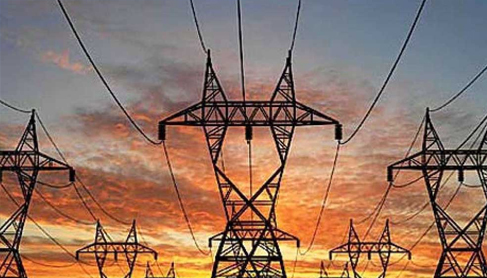KARACHI: Pakistan’s electricity generation decreased by 13.87 percent to 8,639 GWh (11,612 MW) in April 2024, compared to the same month last year, driven by reductions in generation from RLNG, gas, local coal, and wind, according to data released on Tuesday.
In April, the country produced 2,157 GWh of electricity from RLNG, 2,070 GWh from hydel, 2,043 GWh from nuclear, 975 GWh from gas, and 881 GWh from local coal. However, the monthly generation increased by 7.7 percent compared to March’s 8,023 GWh, owing to improved output from Re-gasified Liquid Natural Gas (RLNG) by 30.1 percent and gas by 22.6 percent.
For the first ten months of this financial year (July to April), power generation fell by 2.4 percent year-on-year to 101,089 GWh, down from 103,592 GWh in the same period last year. The decline was mainly due to lower generation from nuclear sources (9 percent) and gas (23.9 percent).
In April 2024, the actual power generation was 20.4 percent lower than the reference generation, as reported by brokerage firm Arif Habib Limited. This shortfall is anticipated to lead to higher capacity charges for the fourth quarter of the fiscal year, according to the quarterly tariff adjustment.
Despite the reduction in generation, the total cost of generating electricity in April 2024 decreased significantly by 10.1 percent, falling to Rs9.21 per kWh compared to Rs10.24 per kWh in April 2023. This decrease is attributed to the reduced cost of RLNG-based power generation, which fell to Rs22.13 per kWh, a 7.2 percent decline from Rs23.83 per kWh in the previous year.
RLNG emerged as the leading source of power generation in April, accounting for 25 percent of the generation mix, followed by hydel at 24 percent and nuclear at 23.6 percent. Renewables such as wind, solar, and bagasse contributed 3.3 percent, 1.3 percent, and 0.6 percent, respectively.
During the first ten months of the fiscal year, hydel remained the dominant source of power generation with a 31 percent share, followed by nuclear at 18.6 percent, RLNG at 18.4 percent, local coal at 12.2 percent, gas at 9.1 percent, wind at 3 percent, solar at 0.8 percent, imported coal at 4 percent, and RFO at 2.1 percent.







